Both tools are integral to understanding and navigating Canada's evolving labour market. Choose the one that aligns with your needs and unlock the power of Vicinity Jobs' data for your organization.
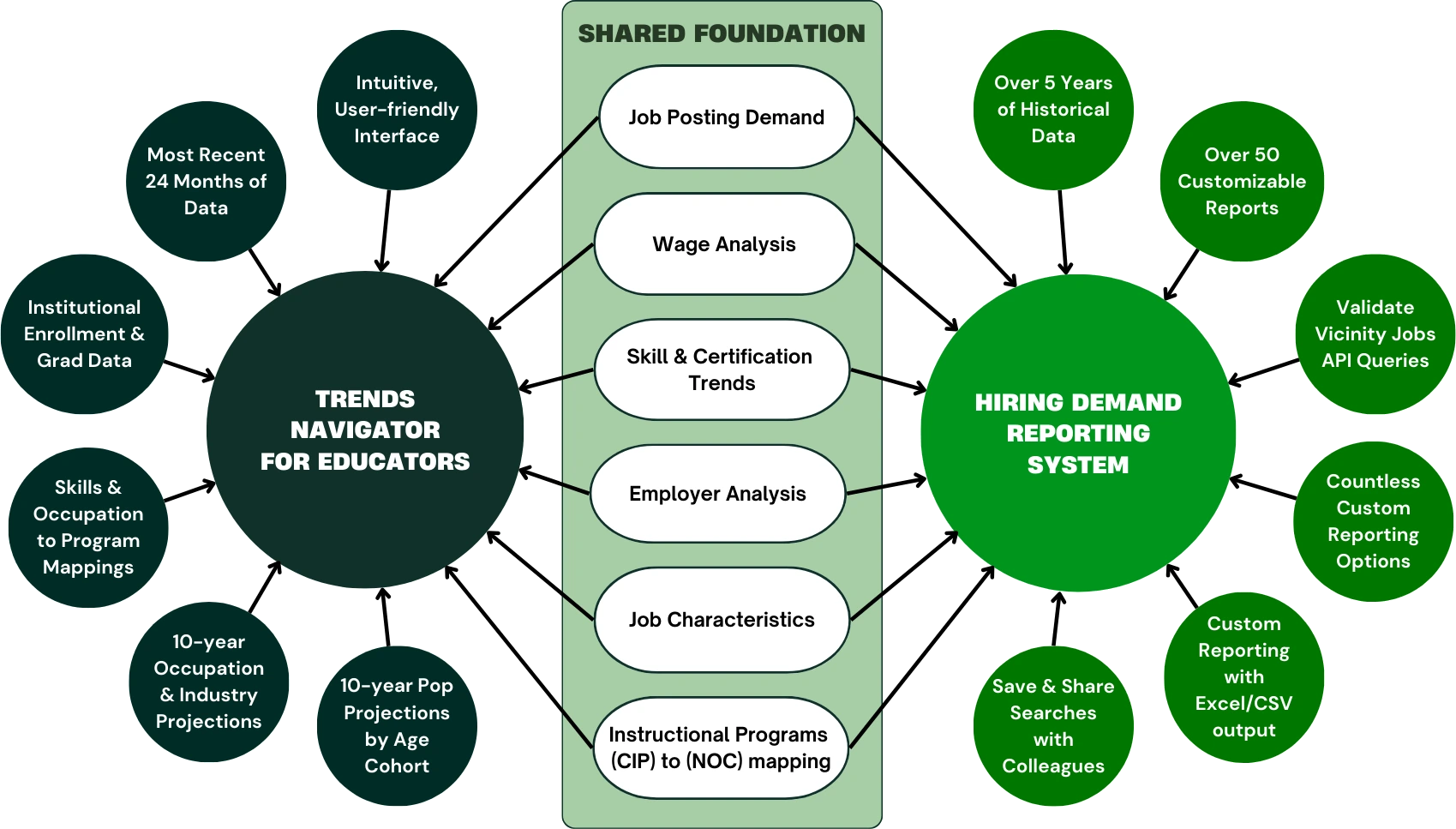
Choose the Trends Navigator if:
- You are an educator, employment services provider, or industry professional.
- You need insights into skills demand, program alignment, and job trends with an easy-to-use interface.
- You want access to exclusive 10-year projections to support strategic program decisions.
Typical Users:
Educators, industry/employers, and employment services providers seeking an accessible tool to explore labour market trends.
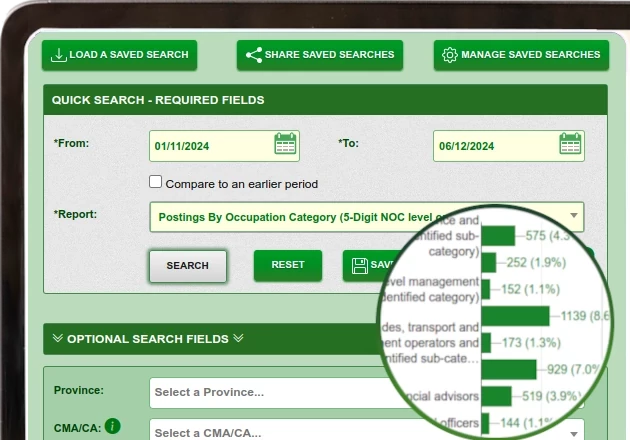
Choose the Hiring Demand Reporting System if:
- You are a researcher, economist, or policymaker requiring deep historical data.
- You need advanced labour market analysis or to validate API queries with aligned data field names.
- You want customizable reporting and tools designed for technically sophisticated users.
Typical Users:
Labour market researchers, economic development professionals, economists, think tanks, policymakers, and API-integrated partners.
Vicinity Jobs API and the Tools it Powers
With API (application program interface) solutions to power user-friendly tools, Vicinity Jobs has solutions for you and your audiences.
- Tell curated stories and bring data to life with customized tools and experiences.
- Download data to your own servers to power your own site and tools.
- Enjoy seamless integration into your own data modelling and analytics systems.
Note. Users who successfully leverage our API typically have someone on their team who is familiar with JSON and HTTP. Our API documentation is ready for your review. Just ask!

Canadian Job Trends Dashboard
The Canadian Job Trends Dashboard allows users to explore labour market information based on trends found in online job postings from across Canada. This interactive dashboard is updated weekly with new data from Vicinity Jobs. Explore hiring demand by occupation or work requirements.
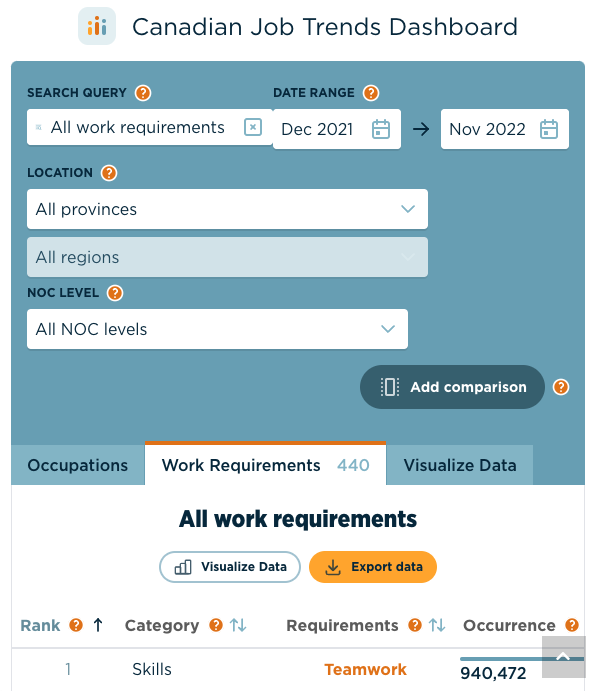
Indigenous Labour Market Platform
Launched by Fleming College, the Indigenous LMI platform captures information from thousands of Indigenous job postings. Users can explore Indigenous hiring demand by location, occupation, and specific employers. The system also shows these trends over time.
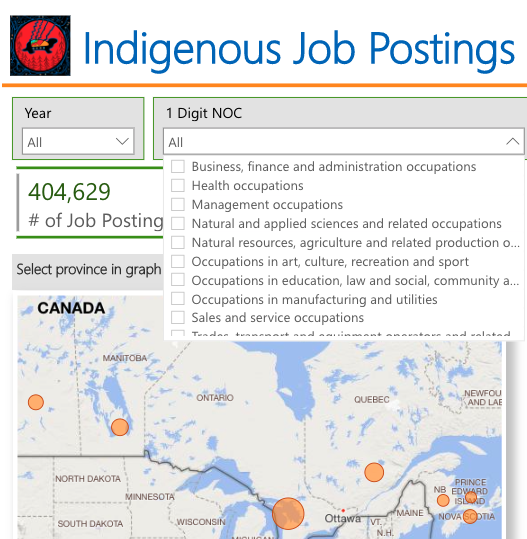
Magnet
Magnet’s Career information for Job Seekers allows users to explore opportunities for a specific location and occupation. Users are shown the top employers hiring, what they pay, and what skills and certifications they require.
Magnet is a free platform to support Canadian’s advance their careers. Sign up for free here.
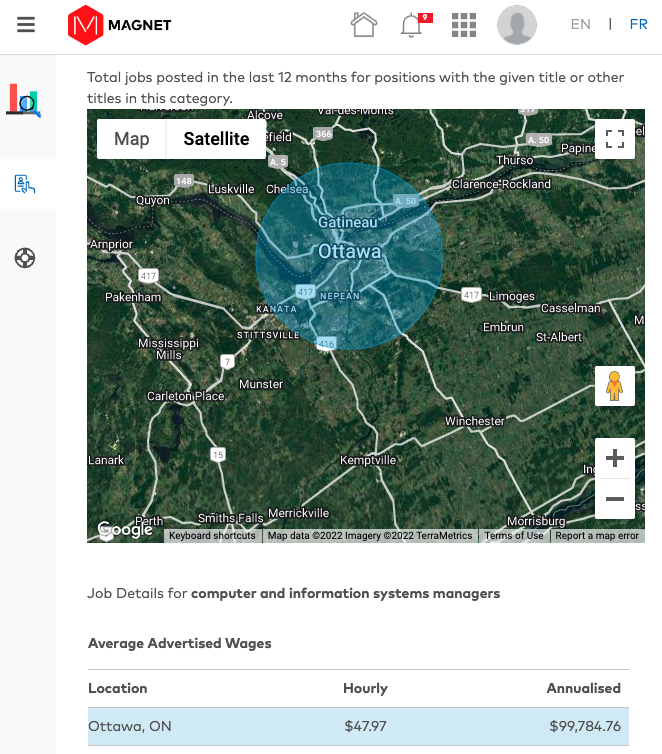
OpportuNext
OpportuNext is an Online Career Transition Tool launched by The Conference Board of Canada and the Future Skills Centre. This free online tool is designed to help job placement professionals, jobseekers, and employers quickly and easily explore viable career transition pathways.
Try it here: https://www.opportunext.ca/
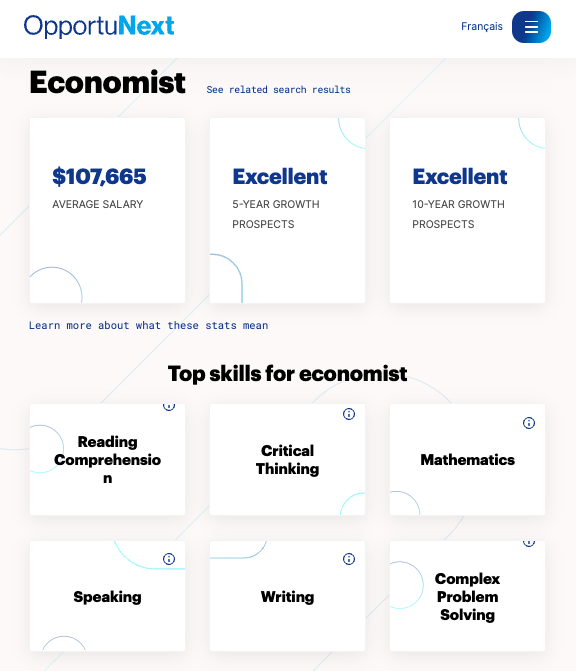
Selected Research and Publications Informed by Vicinity Jobs
Labour Market Research & Insights
Brookfield Institute. 2020. Building Pathways from Disruption to Employment.
Diversity Institute. 2016. Mapping the Innovation Ecosystem in Eastern Ontario.
Diversity Institute. 2021. Job Posting Trends in Canada: 2021 Update.
Labour Market Information Council (LMIC). 2022. Developing Indicators for Skill Demand.
Labour Market Information Council (LMIC). 2018. Labour Market Information Best Practices Guide.
Economic Development and Workforce Publications
City of Mission on the Fraser. 2021. Fraser Valley Hiring Demand Summary.
East Central Ontario Training Board. 2018. Local Labour Market Plan.
Eastern Ontario Leadership Council. 2018. Eastern Ontario Economic Development Strategy Refresh.
Far North East Training Board. 2018. Northeastern Ontario Region: Labour Supply and Demand Report.
Fleming Muskoka-Kawarthas Employment Services. 2021. Labour Market Information User Guide.
LNiagara Workforce Planning Board. 2018. Employment Prospect Series.
Ottawa Employment Hub. 2019. Occupation Report: Bakers NOC 6332.